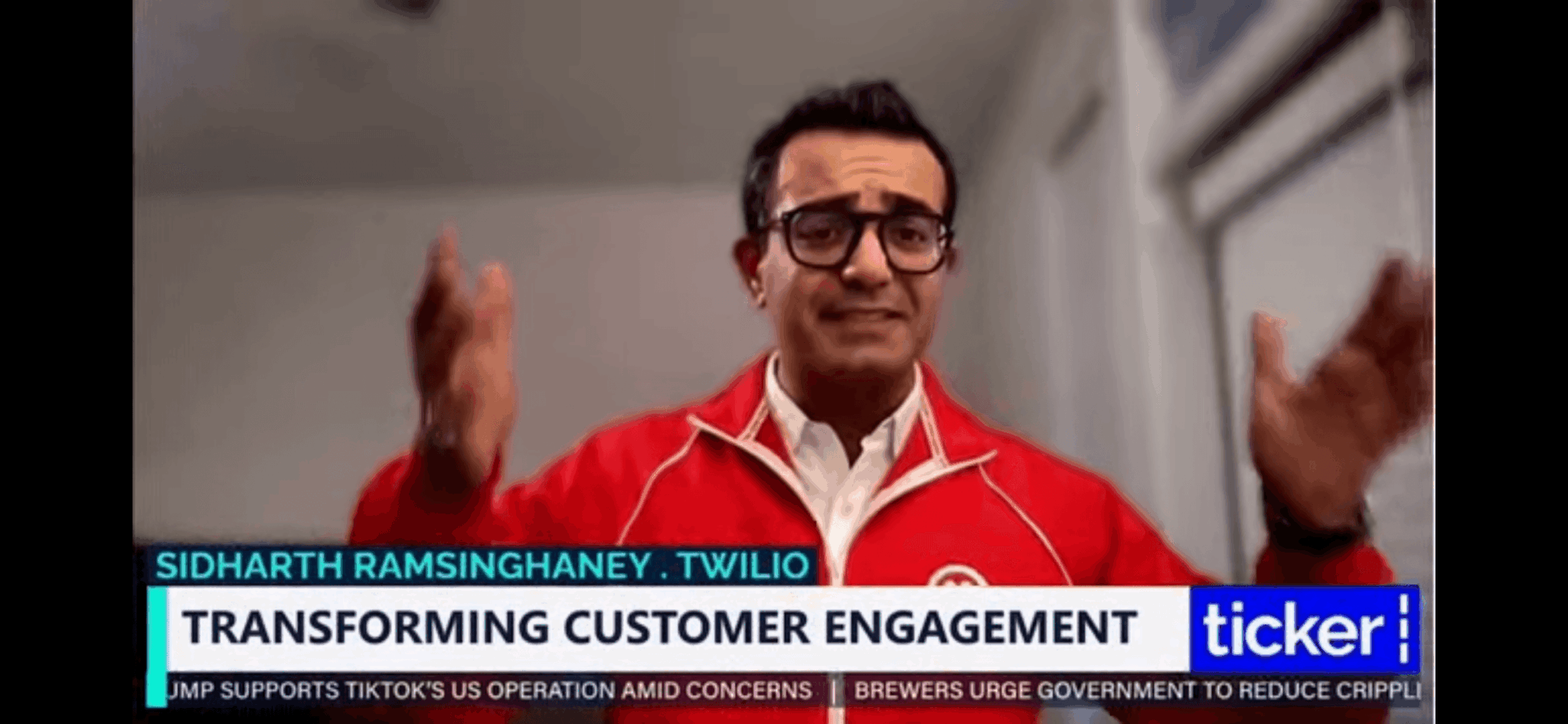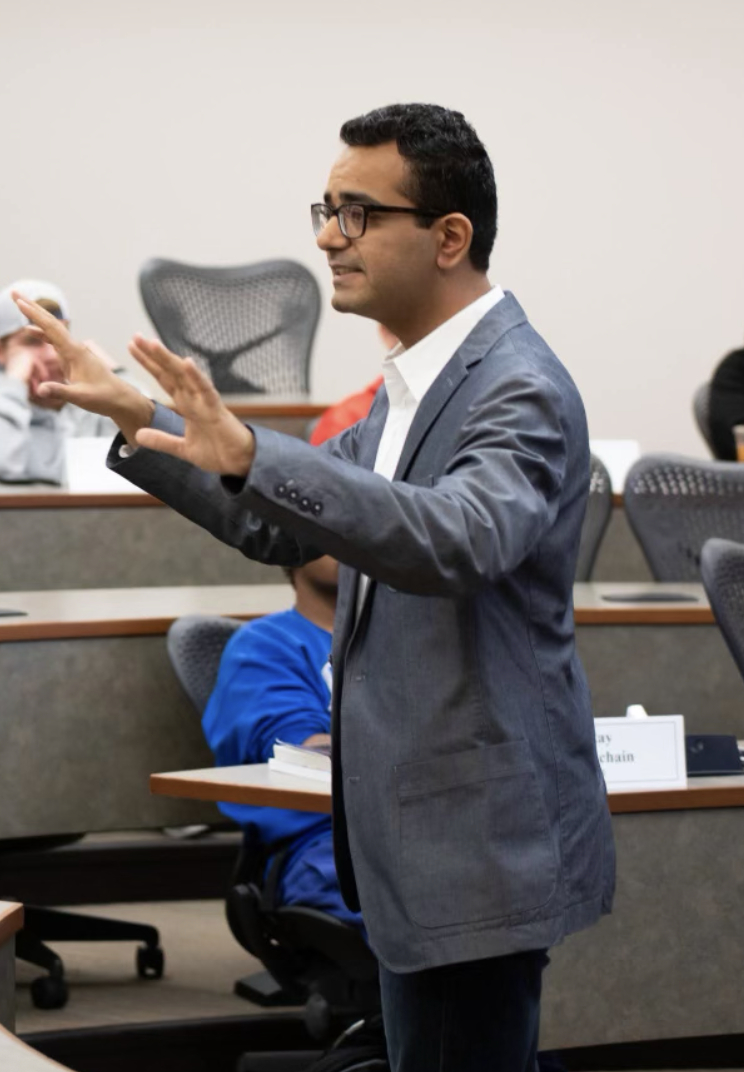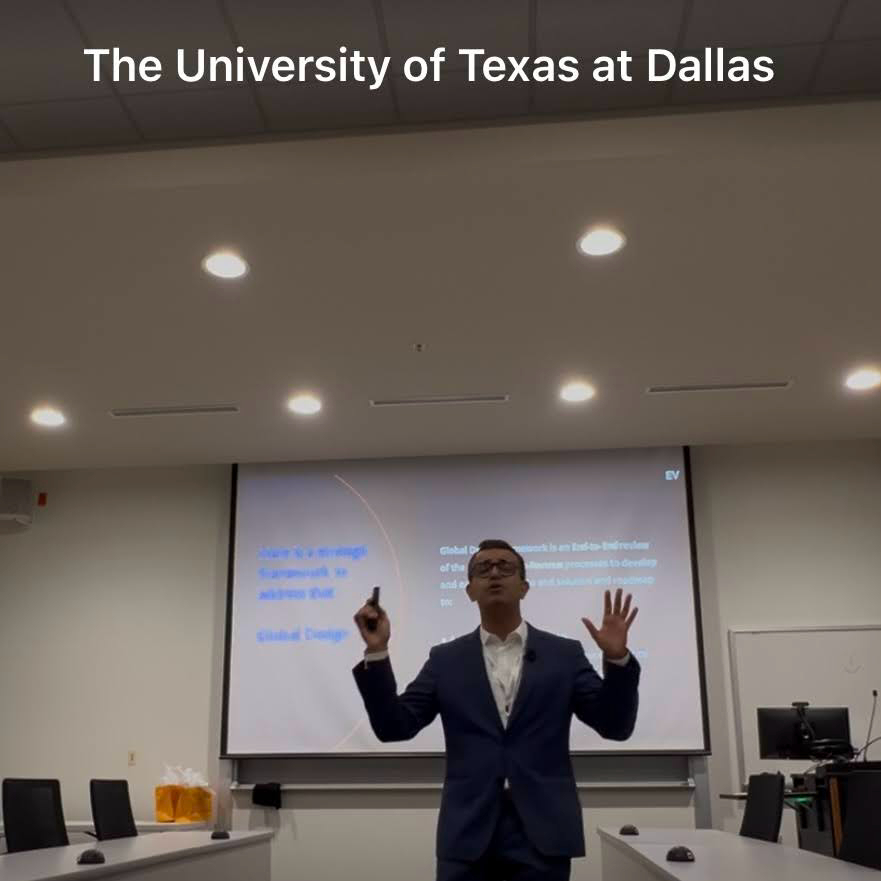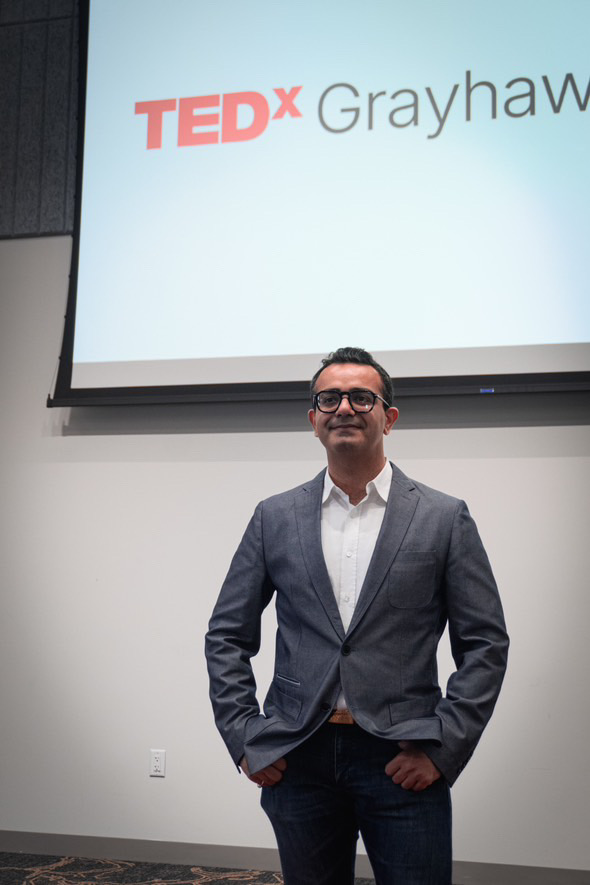We were lucky to catch up with Sidharth Ramsinghaney recently and have shared our conversation below.
Sidharth, thanks for joining us, excited to have you contributing your stories and insights. Let’s start big picture – what are some of biggest trends you are seeing in your industry?
After leading multi-billion dollar transformations across three continents, I’ve learned one crucial truth: the most sophisticated technology means nothing if it doesn’t genuinely connect with people.
The Tale of Two Customers
Sarah just wants to update her shipping address. Twenty minutes later, she’s shouting “Representative!” at an AI that keeps misunderstanding her. Meanwhile, Alex’s running brand anticipates his needs perfectly—suggesting gear when his shoes wear out, remembering his preferences. Same technology capabilities. Completely different experiences.
The Shocking Reality
Here’s what keeps me awake: 82% of business leaders believe they deeply understand their customers, but only 45% of consumers actually feel understood. After decades of digital transformation, we’ve created a growing gap between what we think we know and what customers experience.
Three Seismic Shifts
1. The Trust Recession: Only 15% of consumers completely trust brands with their data. Companies winning today aren’t just protecting data—they’re making customers feel genuinely cared for.
2. The Real-Time Gap: 90% of companies claim real-time personalization, but only 44% of interactions actually happen in real time. It’s like promising fresh coffee but serving yesterday’s brew.
3. The AI Paradox: While 97% of businesses increase AI investments, 55% of consumers are tired of AI hype. People want genuine intelligence applied to real problems.
The Bottom Line
Customer loyalty dropped to 44%, yet 37% plan to buy more in 2025. The opportunity is enormous, but the trust deficit is real.
The winners won’t have the most algorithms—they’ll remember that behind every frustrated phone call is a real person with real needs. The best technology is invisible, solving problems so seamlessly customers never realize they’re interacting with sophisticated systems.
The future belongs to those who remember: behind every data point is a human story. Honor that story, and everything else follows.

Awesome – so before we get into the rest of our questions, can you briefly introduce yourself to our readers.
My path to becoming a leader in M&A strategy and business transformation wasn’t traditional. Starting as an electrical engineer, I quickly realized that the most fascinating challenges weren’t just technical—they were human. How do you help a 150-million-user network launch flawlessly on Day 1? How do you integrate two massive companies while keeping customers happy? How do you transform struggling businesses into industry leaders?
Over 15+ years at McKinsey, Deloitte, and now Twilio, I’ve led some of the most complex business transformations in recent corporate history. From directing multi-billion dollar divestitures to managing the T-Mobile-Sprint merger integration office, I’ve learned that successful transformation isn’t about having the smartest technology—it’s about applying that technology with wisdom.
What Sets My Approach Apart
I don’t just implement solutions; I architect transformations that honor both business objectives and human needs. Whether it’s developing integrated cutover plans that reduce major incidents by 75%, creating transformation scorecards that turn around failing companies, or pioneering global co-working solutions that boost employee satisfaction to 80%+, my work focuses on sustainable change that actually works for people.
As a Forbes Business Council contributor with 20+ published thought leadership pieces, a TEDx speaker, and recipient of multiple international awards including the Stevie Technology Excellence Award, I’ve built my reputation on one simple principle: the best strategies are those that make complex business challenges feel effortlessly simple for everyone involved.
What I’m Most Proud Of
Leading world’s largest and most impactful M&As including divestitures for HPE, integration of T-Mobile and Sprint, multiple transactions for Twilio while driving double digit revenue growth and transforming these companies to be industry leaders. Transforming a healthcare network during COVID-19 with 470+ projects forecasting $1.1B impact. Helping establish one of Asia’s most iconic network rollouts supporting 150M+ users from Day 1. But honestly? I’m most proud of the people whose careers and companies were transformed along the way.
The Problems I Solve
I help leaders navigate their most complex strategic challenges: How do you grow through acquisition without losing your culture? How do you restructure for efficiency while maintaining customer experience? How do you use AI and data to genuinely improve lives rather than just optimize metrics?
My customers—from Fortune 100 C-suites to innovative startups to internal business executives —turn to me when they need someone who can see the forest and the trees, who understands both the strategic vision and the operational reality, and who can translate complex business challenges into actionable, human-centered solutions.
Because in the end, every business transformation is really a human transformation. Get that right, and everything else follows.

Learning and unlearning are both critical parts of growth – can you share a story of a time when you had to unlearn a lesson?
The Lesson I Had to Unlearn:
That being the smartest person in the room was my job.
The Backstory:
Early in my McKinsey days, I was leading a transformation at a large North American manufacturing company. I came in with all the frameworks, the data models, the “best practices” from other industries. I had the answers before I even understood their questions.
Three weeks in, the plant manager—a guy who’d been there 20 years—pulled me aside during a particularly frustrating meeting where my recommendations weren’t gaining traction. “You’ve got impressive analysis,” he said, “but you’re solving the wrong problem.”
He was right. I’d identified inefficiencies in their production line based on industry benchmarks, but I’d missed the real issue: their biggest bottleneck wasn’t mechanical—it was communication. The day shift was making adjustments that the night shift didn’t know about, creating a cycle of corrections and re-corrections that was costing them far more than any equipment upgrade ever could.
The solution didn’t come from my consulting toolkit. It came from bringing together shift supervisors, floor workers, and maintenance staff—people who rarely talked to each other but each held a piece of the puzzle. In one room, we mapped out what was really happening versus what the systems showed was happening.
That moment taught me that real leadership isn’t about having all the answers—it’s about asking the right questions, bringing together the right people who know those answers, and creating the space for collaborative problem-solving that drives real impact for the organization.
The transformation succeeded not because of my expertise, but because I learned to orchestrate the collective intelligence that was already there.
Now, when I walk into any situation, I’m not looking for the smartest person in the room—I’m looking for the constellation of knowledge that exists across different roles, levels, and perspectives. The breakthrough insights almost always emerge when you connect people who see the same challenge from completely different angles.
Some of my most successful transformations happened when I stopped trying to be the expert and started being the conductor, helping brilliant people harmonize their insights into solutions none of us could have reached alone.

How do you keep your team’s morale high?
The Three Pillars of Team Morale I Learned From Leading Global Transformations
After managing teams across three continents through some of the most high-pressure transformations in recent corporate history, I’ve learned that maintaining morale isn’t about keeping people happy—it’s about keeping them purposeful.
1. Give People a North Star, Not Just a To-Do List
During a large tech merger, I watched teams get demoralized trying to integrate systems that seemed to serve no clear purpose. Everything changed when we reframed every technical task around a customer outcome. Instead of “migrate customer database,” it became “ensure no customer loses service during transition.” Same work, completely different energy.
People can endure incredible pressure when they understand the “why” behind their work. But ask them to do meaningless tasks under stress, and morale craters immediately.
2. Celebrate Progress, Not Just Results
In long transformations, final results can be months or years away. I learned to create what I call “milestone moments”—small wins that acknowledge real progress toward the bigger goal. When we reduced turnaround time by 25%, we celebrated it like we’d hit our final target, even though we were aiming for 75%.
High morale isn’t about reaching the destination; it’s about feeling like you’re moving in the right direction.
3. Be Transparent About the Hard Stuff
The fastest way to kill morale is to pretend everything’s fine when it’s not. During a particularly challenging healthcare transformation, I started weekly “reality check” sessions where we openly discussed what wasn’t working and why. Counterintuitively, morale went up.
People don’t need you to have all the answers. They need to trust that you’re telling them the truth about the challenges they’re facing together.
Teams stay motivated when they feel like partners in something meaningful, not just resources being managed. The moment people feel like they’re just executing someone else’s plan without understanding or input, morale starts its inevitable decline.
Treat your team like co-creators of the solution, not just implementers of your strategy. The difference in energy is extraordinary.
Contact Info:
- Instagram: https://www.instagram.com/ramsinghaney/?hl=en
- Linkedin: https://www.linkedin.com/in/ramsinghaney/



Image Credits
Photo courtesy of TEDx, Ticker News, University of Texas at Dallas, and Iowa State University


